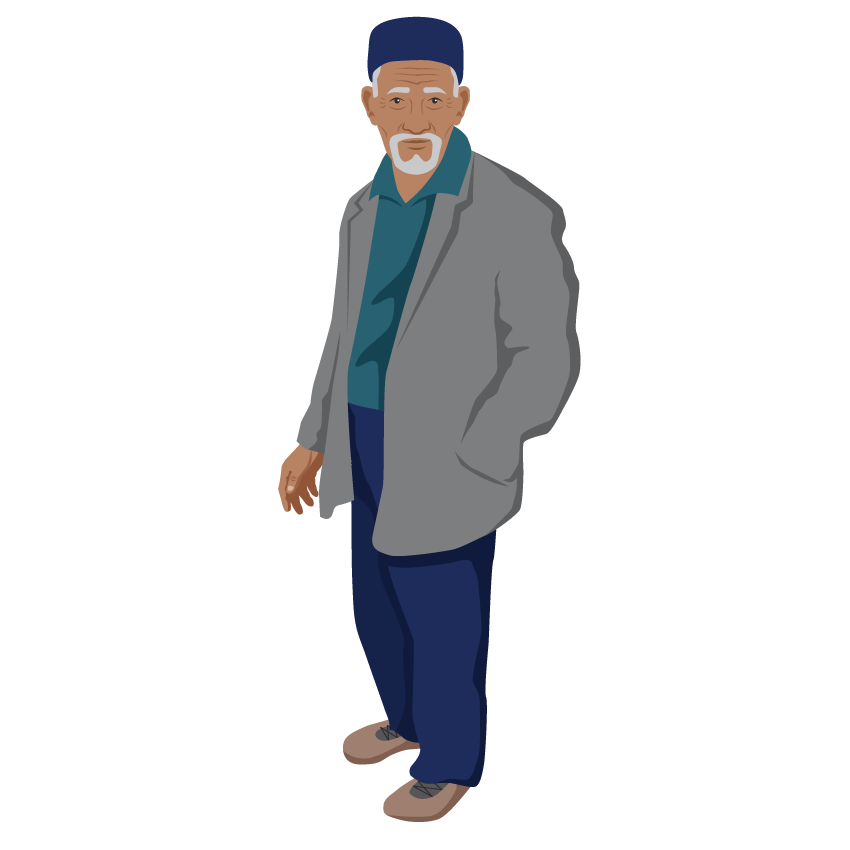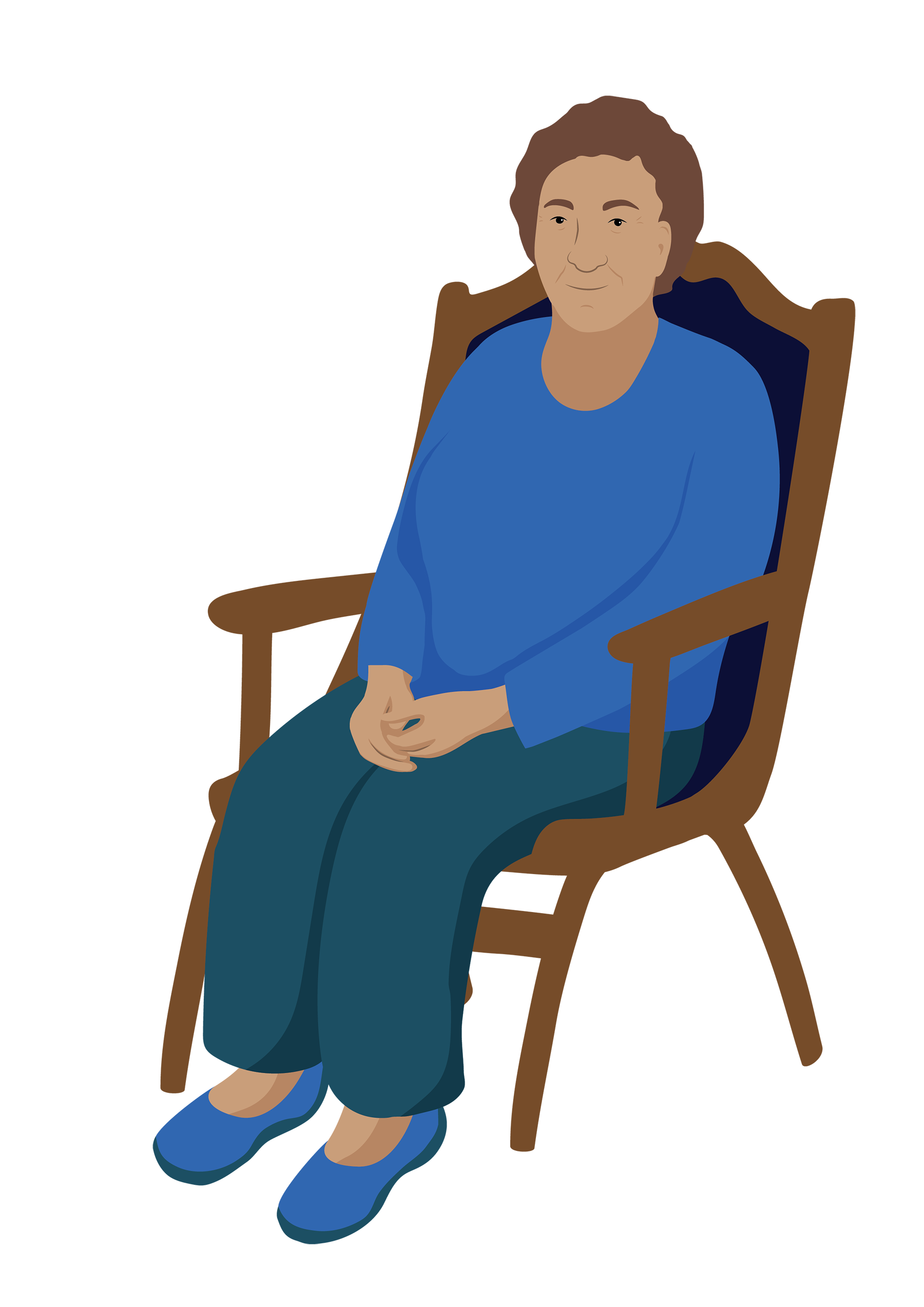Primary eye care
Primary eye care means basic eye care that is provided by health workers in the community or in primary healthcare facilities.
Primary eye care can include:
- Vision screening
- Eye health screening
- Providing first aid care for eye discomfort or injury
- Providing near vision spectacles
- Referring a person to an eye health professional or another service
- Teaching people how to take care of their eyes.
Many vision and eye health problems can be prevented or reduced by knowing how to look after our eyes, and by identifying and managing problems early.
This is why primary eye care is so important.
Sual

Remember Abir?
Abir was feeling discomfort around his left eye. He also noticed redness on the white part of his eye.
Abir visited his local health centre, where the health worker was trained in primary eye care. The health worker completed a primary eye care screen with Abir and found he had an eye infection. Abir was given a topical antibiotic to treat the infection.
What do you think might happen if Abir was not able to access primary eye care?
Abir’s eye infection could get worse and cause permanent eye damage. This could affect his vision.
Primary eye care screening
A primary eye care screen is a simple process to find out if a person has a vision problem and/or an eye health problem.
The Learning on TAP primary eye care screen provides guidance on what to do if a person has a vision problem and/or an eye health problem.
The results of the Learning on TAP primary eye care screen help to identify whether a person:
- Requires first aid for eye discomfort or injury
- Requires medication or pain relief
- Could benefit from near vision spectacles
- Requires referral to an eye health professional or another service.
Instruction
You will learn how to use the results of the Learning on TAP primary eye care screen to manage common vision and eye health problems in the Managing vision and eye health problems module.
Müzakirə
Discuss with your colleagues what services you would refer to for:
- Emergency or specialized eye care
- Provision of vision assistive products.
How would you refer a person to these services?
Warning
The Learning on TAP primary eye care screen is not sufficient to treat complex vision or eye health problems.
Always refer to an eye health professional if this is indicated by the Learning on TAP primary eye care screen results, or if you have any concerns.
Inclusion considerations
Everyone should have access to primary eye care when they need it.
It is important to think about how people will access primary eye care, and any extra support they might need.
Lusiyana ilə görüş

Luciana is 73 years old and lives with her husband Jose. Luciana has diabetes and arthritis. Due to her arthritis, she uses a rollator to move about and has difficulty climbing stairs. Luciana also has some difficulty remembering and planning. Jose always assists her to attend appointments.
When Luciana needed primary eye care, the health worker chose a clinic room with flat access. The health worker also made sure there was space for Jose to join the appointment so he could assist Luciana if needed.
Müzakirə
Discuss with your colleagues any barriers to primary eye care for people like Luciana in your local area.
What solutions might there be?
- Accessibility can be a barrier. Solutions include flat access and wide doorways to primary eye care screening spaces.
- Remembering and understanding what is happening can be a barrier. Solutions include welcoming caregivers to attend and assist the person (with the person’s permission). You may also write down actions from the session to help the person remember.

